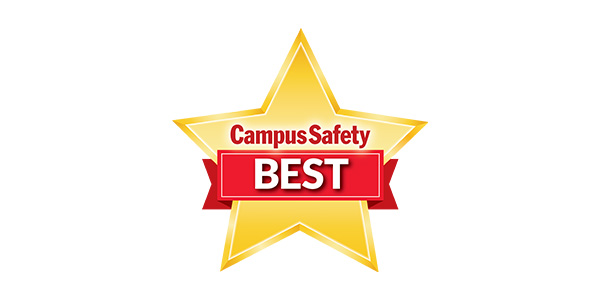Ashburn, Virginia — A new report from the Association of School Business Officials International (ASBO) provides insights into school district spending priorities, decisions, challenges, and success stories regarding federal Elementary and Secondary School Emergency Relief (ESSER) I, II, and III COVID-relief funds.
The report, “How Have School Districts Spent ESSER Funds So Far?” shares findings from ASBO’s February 2022 survey of U.S. school district finance leaders. School business professionals were asked to share enrollment and attendance trends during COVID-19; ESSER I, II, and III expenditures for various spending categories; top spending challenges; and other financial information. Responses were received from more than 150 school districts across 35 states.
The top five ESSER spend categories overall were technology and broadband investments, addressing learning loss, purchasing PPE/supplies and training to mitigate viral spread, mental health services, and supporting specific student populations.
Top ESSER 1 Spend Categories
- Purchasing PPE/supplies and training to mitigate viral spread: 71%
- Technology and broadband investments: 69%
- District emergency response and planning: 41%
Top ESSER 2 Spend Categories
- Technology and broadband investments: 62%
- Addressing learning loss: 56%
- Purchasing PPE/supplies and training to mitigate viral spread: 49%
Top ESSER 3 Spend Categories
- Addressing learning loss: 54%
- Mental health services: 36%
- Supporting specific student populations: 29%
The most popular ESSER spending strategies were for maintaining educational services (recruiting and retaining ancillary staff and instructors, as well as curricula, textbooks, and supplies), addressing learning loss (expanding summer learning and enrichment offerings, adding specialists to support students, purchasing technology and improving connectivity, and investing in professional development to address student needs), and facility repairs and improvements (HVAC repairs and upgrades to improve air quality, drinking water improvements, and repairing or renovating existing facilities).







